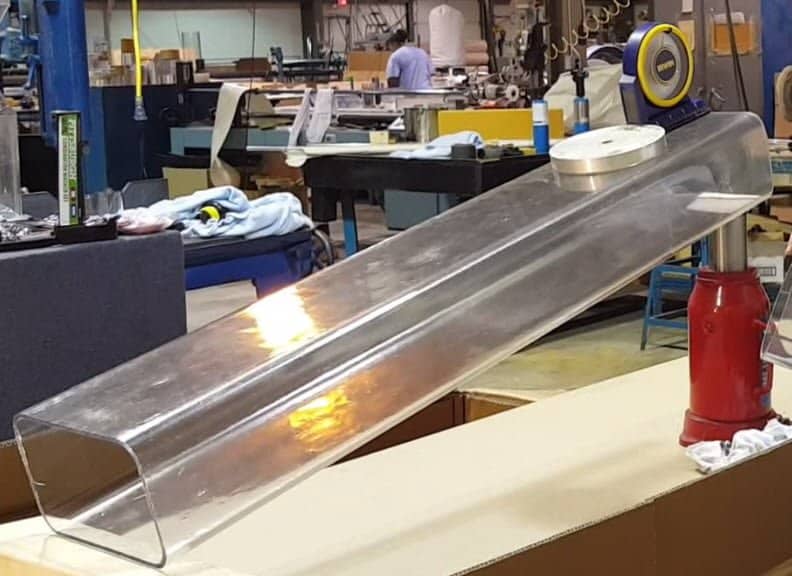We were asked to provide a Coefficient of Static Friction for our butyrate tubing. The problem is that the surface roughness is only one part of the equation, the base material is another.
We defined our materials as aluminum and steel with CAB.
The simple test for static friction is to place the material on a sheet of the plastic (in this case, we extruded rectangular tubing.) We simply incline the sheet until it slips while we measure the angle. The coefficient of static friction for that pair of materials is the Tangent of the angle.
| Material | Angle | Coefficient of Static Friction |
| Aluminum | 16° | 0.286 |
| Steel | 14.5° | 0.268 |
The issue with surface roughness is that it changes as the material wears. It will also change from extrusion run to extrusion run.
Also, the friction coefficient within a bend will be different than the corresponding friction coefficient in adjacent straight tubing section.
Here is a very nice article “Understanding Bends In Pneumatic Conveying Systems” that discusses the coefficient of static friction with bend design.
(Chemical Engineering April 2009)

